Archeologists Discover Ruins Of Noah’s Ark?
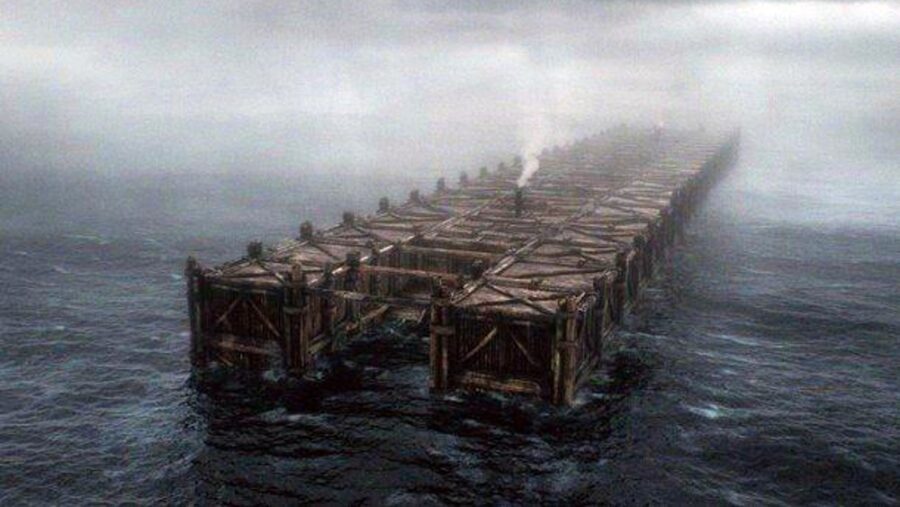
During an extensive excavation at a geological site, archaeologists in Turkey discovered what they believe to be ruins resembling Noah’s Ark. This research, conducted by the Mount Ararat and Noah’s Ark Research Team, is a collaborative effort between three Turkish and American universities that began in 2021. Their goal is to explore the region’s geological formations to gain insights into ancient history, as reported by the Turkish newspaper Hürriyet.
The Duripinar Site In Turkey Might Hold The Remains Of Noah’s Ark
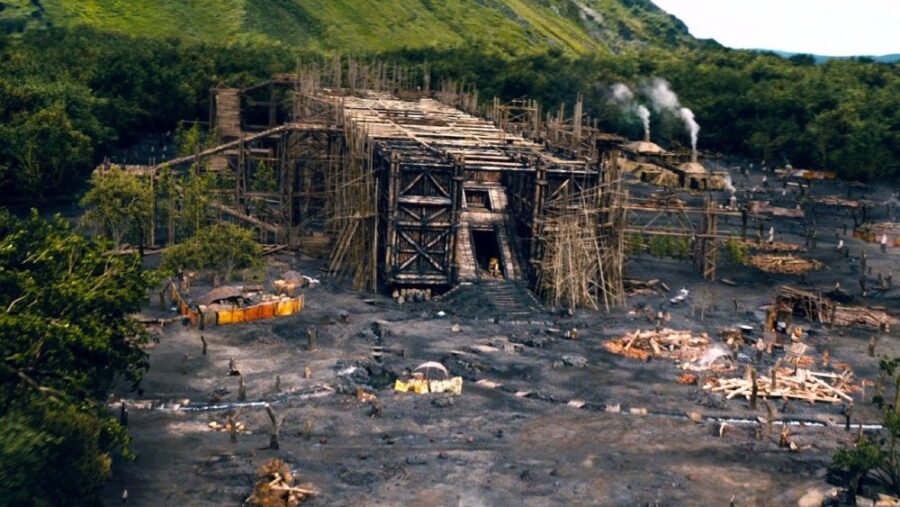
The Durupinar formation, situated in the Doğubayazıt district of Ağrı, Turkey, near the Iran-Turkey border, is at the core of this fascinating discovery. Historians, archaeologists, and religious scholars have long been captivated by this geographical feature. Its potential connection to the legendary Noah’s Ark adds an element of intrigue and mystery that has persisted for many years.
Durupinar Is Believed To Be The Resting Place Of Noah’s Ark By Locals, And Archeologists Think They Might Be Correct

At 538 feet, the Durupinar formation is a striking geological structure primarily made up of limonite, a kind of iron ore. Locals have long believed that these remnants are of Noah’s Ark, a belief that has been echoed in numerous religious texts and legends. Over the years, this belief has spurred a multitude of investigations and explorations by researchers eager to uncover the truth of this ancient legend.
Rock Samples Date The Findings To The Period Of The Biblical Flood
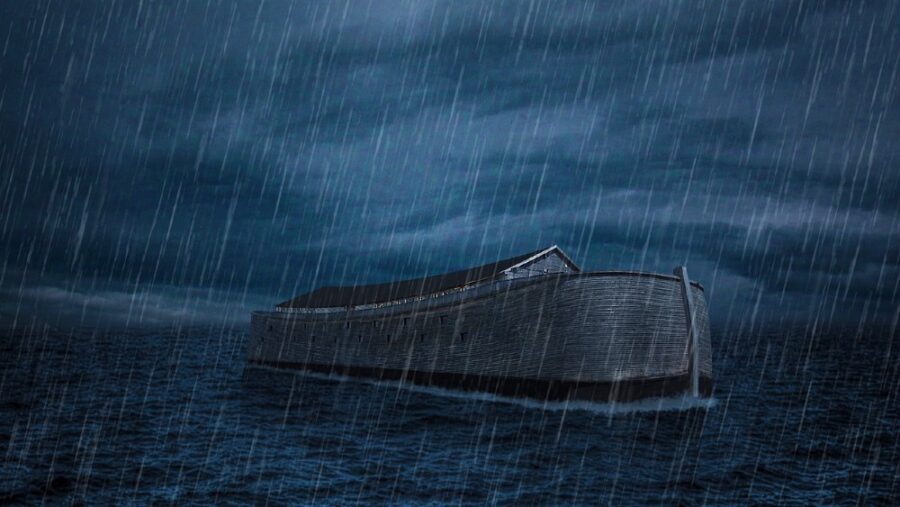
The Mount Ararat and Noah’s Ark Research Team extracted aged rock and soil samples from the Durupinar formation as part of their excavation efforts. These samples were then analyzed to piece together the historical and geological timeline of the area. The primary objective of this scientific exploration was to substantiate the local belief that the Durupinar formation is the ultimate resting place of Noah’s Ark.
The research team uncovered a wealth of information upon analyzing the geological samples. According to Hürriyet, the presence of “clayey materials, marine materials, and seafood” within the formation indicates that the area was once submerged underwater. Furthermore, the findings suggest that the region was home to human activities during the Chalcolithic period, dating from 5500 to 3000 BC, aligning with the estimated timeframe of the biblical flood associated with Noah’s Ark.
The Legend Of Noah’s Ark
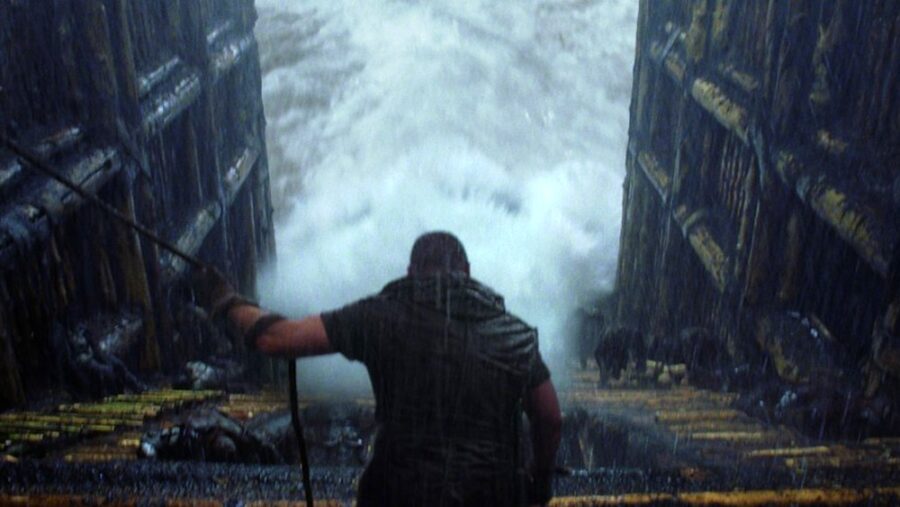
The legend of Noah’s Ark is an enduring story that has captured the hearts and minds of individuals from a multitude of cultural and religious backgrounds around the world. As the narrative unfolds, Noah, acting on instructions from a divine power, embarks on the monumental task of building a colossal ark, a sanctuary destined to house pairs of each animal species on Earth, thereby ensuring their survival during a catastrophic flood that promises to submerge the planet.
Following the eventual recession of the floodwaters, the ark finds its final resting place atop the majestic mountains of Ararat, located in the eastern part of modern-day Turkey, marking the conclusion of this epic and tumultuous journey.
More Research Is Needed
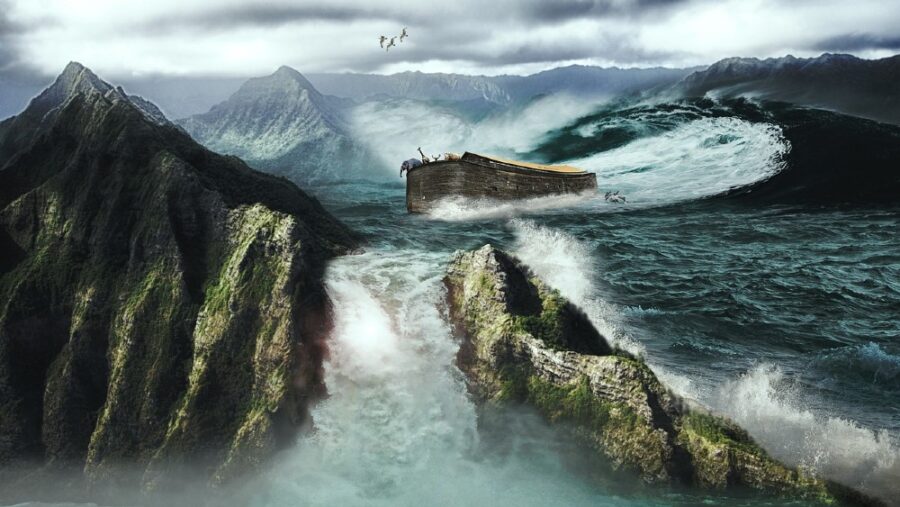
Agri Ibrahim Cecen University Vice Rector Professor Faruk Kaya provided valuable insights into the significance of the recent findings by the Mount Ararat and Noah’s Ark Research Team, underscoring the congruence between historical events and geological data.
He highlighted that the biblical flood tied to Noah is estimated to have transpired roughly 5,000 years ago, aligning with the team’s findings. Despite the compelling dating results supporting the local belief that the Durupinar formation is connected to Noah’s Ark, Professor Kaya stressed that additional thorough research and analysis are needed to definitively confirm the vessel’s presence.












